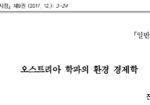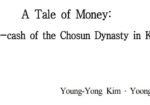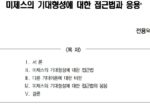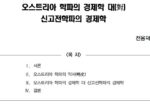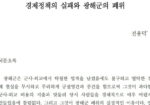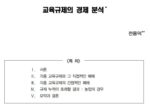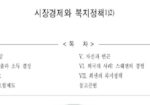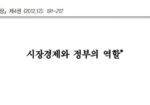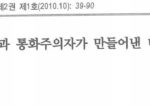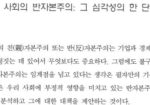[2016] A Tale of Money: The 100-cash of the Chosun Dynasty in Korea
한국하이에크소사이어티 자유와 시장 / 화폐 이야기: 조선의 당백전
| 전용덕 & 김영용 - A Tale of Money The 100-cash of the Chosun Dynasty in Korea (다운로드) |
In the late Chosun dynasty in Korea, debasement was not sufficient to collect seigniorage revenue to meet ever increasing fiscal expenditure. Thus the government circulated a large-denomination currency named tangbaekchon to provide greater revenue for the state. It is found that the government meddled with money to get seigniorage revenue, which is very similar to the experience of many other countries. The conventional wisdom of inflation being a monetary phenomenon is also confirmed. The monthly rate of inflation reached 7.3 - 7.5 percent. In addition, Gresham's law was operative due to the legal-tender laws. Finally the large currency was eventually withdrawn from circulation because of its serious inflationary effects.
Keywords: Chosun dynasty, tangbaekchon (100-cash), sangp'yong t'ongbo (ever-normal cash), debasement, seigniorage, inflation, Gresham’s Law국문초록
조선 왕조의 후반기에는 금속화폐의 가치변조로 얻을 수 있는 주조 차익 만으로는 증가하는 재정지출을 충당할 수 없었다. 이에 조선 왕조는 더 많은 주조 차익을 얻기 위해 당백전을 발행, 유통하였다. 이로부터 본 연구에서 발견한 사항은 다음과 같다. 첫째, 조선 왕조가 화폐 발행에 간섭한 상황은 다른 나라의 경험과 매우 유사하다. 둘째, 인플레이션은 언제 어디서나 화폐적 현상이다. 당백전 발행에 따른 월 평균 인플레이션 율은 7.3-7.5%에 달하였다. 셋째, 법화 지정 법률에 의해 그레샴의 법칙이 작동했다. 마지막으로 당백전의 공급 증가에 따른 인플레이션으로 말미암아 당백전은 화폐로서의 기능을 상실하고 시장에서 퇴출되었다.
주제어: 조선 왕조, 당백전, 상평통보, 가치 변조, 주조 차익, 인플레이션, 그레샴의 법칙
- INTRODUCTION
- THE MONETARY HISTORY: 1860s to 1890s
- GOVERNMENT BUDGET DEFICITS AND DEBASEMENT
- MONEY SUPPLY, PRICE LEVEL AND SEIGNIORAGE
- GRESHAM'S LAW
- CONCUUDING SUMMARY
한국하이에크소사이어티 링크


